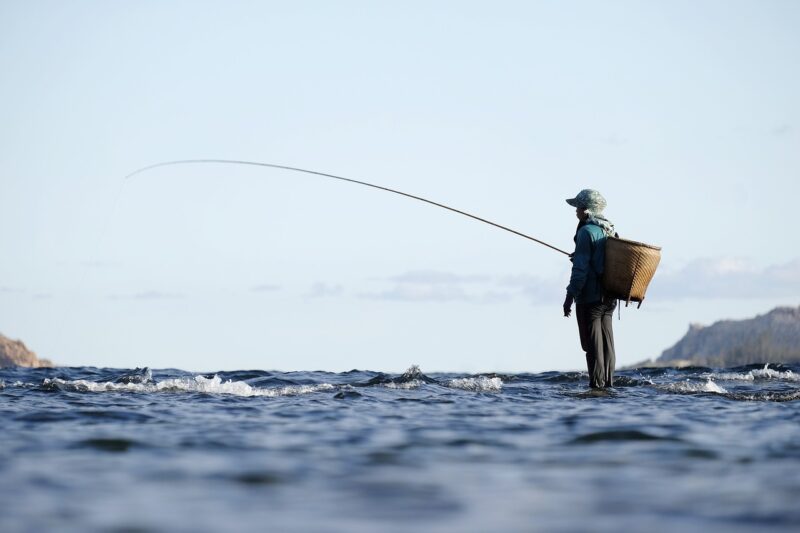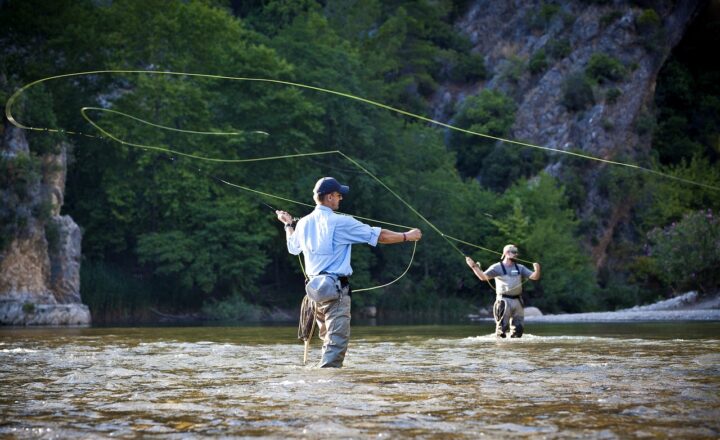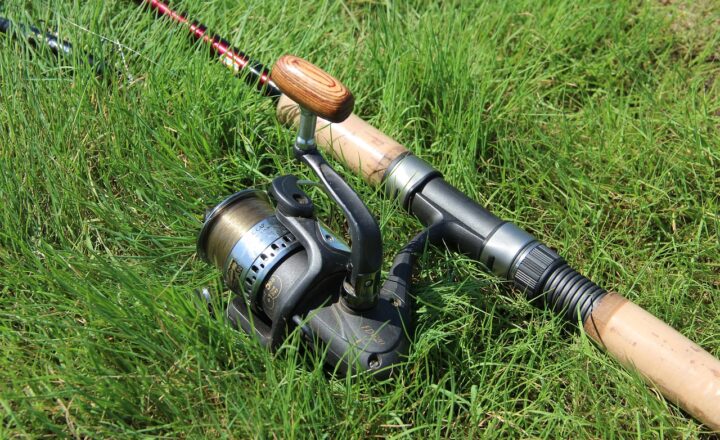
Saltwater fishing is an exhilarating and rewarding hobby that opens up a world of adventure in the vast oceans. Whether you’re chasing the thrill of catching marlins, the excitement of reeling in tuna, or the peaceful serenity of surf fishing, there’s something uniquely satisfying about casting your line into the salty waters.
In this comprehensive guide, we’ll delve into the essentials of getting started in saltwater fishing. From understanding the different techniques to selecting the right gear, this article will equip you with the knowledge you need to make your harvesting experiences successful and enjoyable.
1. Understanding Saltwater Fishing: The Basics
What distinguishes saltwater fishing from freshwater fishing is the diverse array of species, techniques, and environments. Saltwater fish can be found in oceans and seas, and they often migrate based on seasonal patterns.
Here are some fundamental concepts to consider:
- Types of Saltwater Fishing: Saltwater fishing can be categorized into shore fishing, inshore fishing (from a boat sometimes near the coast), and offshore fishing (deep sea fishing). Each type requires different techniques, tools, and planning.
- Species to Target: Some popular saltwater species include snapper, grouper, flounder, marlin, and swordfish. Researching the types of fish available in your local waters is crucial for successful planning.
- Seasons and Tides: Saltwater fishing success can depend heavily on the time of year and tidal conditions. Fish often feed during specific tidal phases and timings can be crucial to your success.
Getting a solid understanding of these fundamentals will serve you well as you develop your saltwater fishing skills.
2. Essential Gear for Saltwater Fishing
Choosing the right equipment is vital for enjoying a successful day of fishing. Here’s a breakdown of essential gear:
- Fishing Rods: Select a rod suited for saltwater fishing; heavier models are often required for larger species. A medium to heavy-action rod is ideal for most coastal fishing situations.
- Reels: Opt for a corrosion-resistant reel designed for saltwater environments; spinning and conventional reels are both popular based on preference and fishing style.
- Lines and Hooks: Monofilament, braid, or fluorocarbon lines can be strong and durable to withstand the rigors of saltwater fish. Select the appropriate hooks for your bait and target species.
A general rule of thumb: the cleaner and stronger the line, the better your chances of landing a catch.
- Tackle Box: Organize your lures, weights, floats, and accessories in a durable tackle box. Be sure to include pliers, scissors, and a first aid kit for emergencies.
- Bait Selection: Different species require different types of bait. Live bait often yields better results, but lures can also be effective depending on your target species.
Research local bait options that work for the types of fish in your area, whether it be squid, shrimp, or using artificial lures.
Having the right gear can make all the difference on your fishing excursions.
3. Techniques for Saltwater Fishing
There are numerous methods you can use for saltwater fishing, with some suited for specific environments and species. Here are a few popular techniques to consider:
- Surf Casting: This technique involves casting your line out into the surf from the shore. It’s ideal for catching species like striped bass, redfish, and flounder. Make sure to have a good surf rod to handle the waves and current.
- Bottom Fishing: For this method, sink your bait down to the ocean floor. Ideal for species that forage close to the bottom, including snapper and grouper. Use weights to adjust your bait’s depth effectively.
- Trolling: This method involves dragging your bait or lures behind a moving boat. Great for larger species such as marlin and tuna. Create a tandem rig that showcases enticing movement and color to attract fish.
- Chumming: This technique involves scattering small pieces of bait into the water to attract larger fish towards your hook. The movement and aroma of the chopped bait can lure a variety of fish into your area.
Experimenting with these techniques will enable you to draw in fish more efficiently while adding variety to your fishing experiences.
4. Best Locations for Saltwater Fishing
Identifying prime fishing spots is essential for successful saltwater fishing. Here are some popular locations to explore:
- Nearshore Reefs: These structures attract various species that feed off the small fish and invertebrates surrounding them. This area can yield a bountiful catch.
- Inlet Areas: Fish flock to areas where ocean currents and tides converge. It’s a hotspot for targeting species that follow the bait into these channels.
- Estuaries and Mangroves: The brackish water in these environments supports diverse species like redfish and snook. Casting along the edges can be very productive.
- Piers and Jetties: Fish are often drawn to man-made structures. These spots provide excellent opportunities to catch a variety of fish in deeper water without needing a boat.
Understanding the local ecosystem and the behavior of the fish will enhance your chances of success as you go along.
5. Safety and Sustainability Measures
Safety should always be a priority while saltwater fishing. Here are some essential considerations:
- Wear a Life Jacket: Especially when fishing from a boat, a life jacket can be a lifesaver in emergencies. Safety should be your number one priority.
- Observe Weather Conditions: Stay informed about the weather before you head out. Ocean conditions can change rapidly, putting you at risk. Be aware of tides and boat safety.
- Practice Catch and Release: Contributing to sustainable practices is vital. Release fish that are not of legal size or species to maintain healthy populations.
- Stay Hydrated and Sun-Protected: Fishing can be a long day; make sure to bring plenty of water and use sunscreen to protect against harmful rays.
Prioritizing safety and being responsible while fishing ensures that the pastime can continue for generations.
Conclusion
Saltwater fishing opens the door to a world of excitement, discovery, and a true appreciation for nature’s beauty. Whether you’re fishing from shore or a boat, targeting smaller species or big game, this guide provides you with all the essential information you need to get started on your fishing journey. Remember to stay safe, respect the environment, and most importantly, enjoy the process of being out on the water. With a little practice and patience, you’ll soon find yourself reeling in your own saltwater catches, creating lasting memories and stories to share.
Happy fishing!






